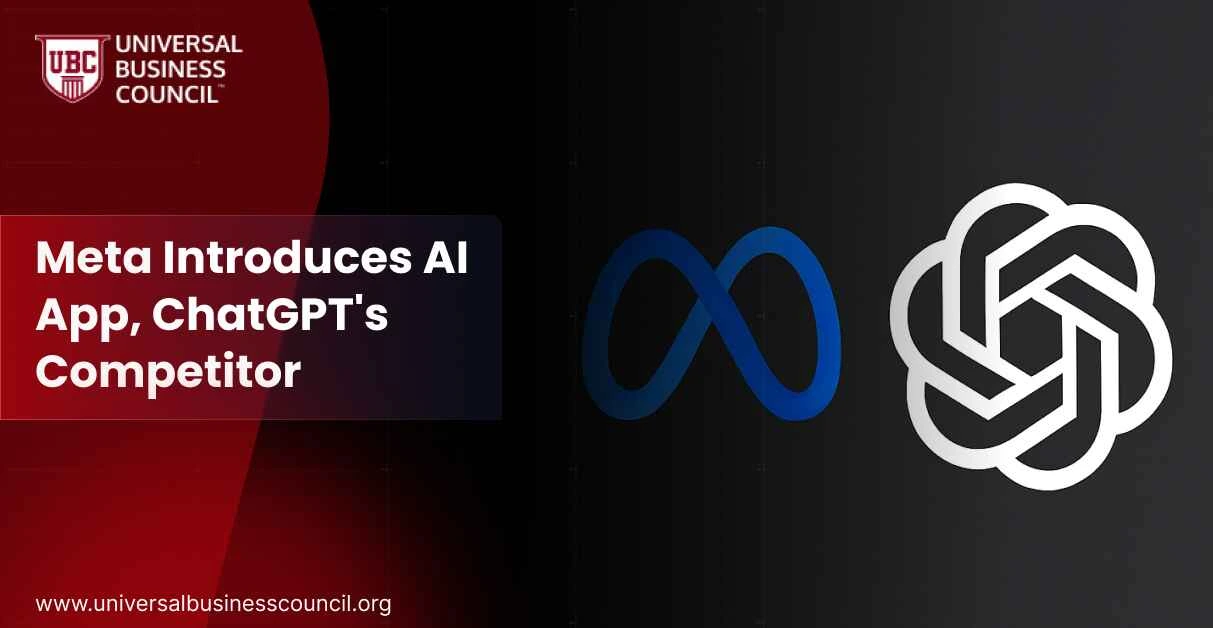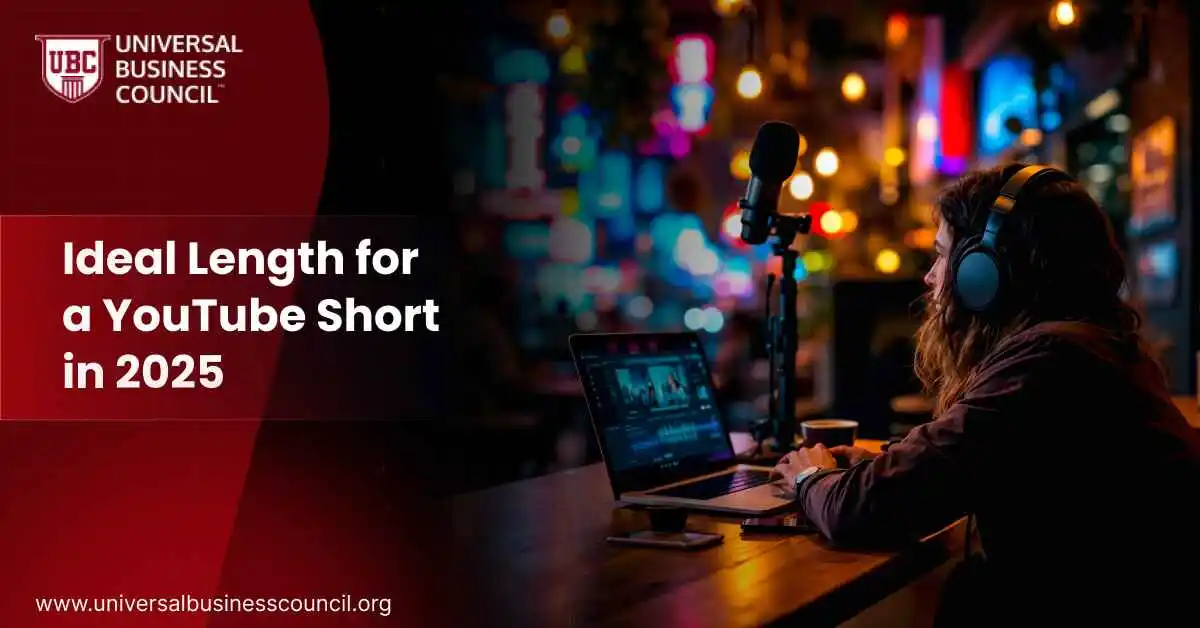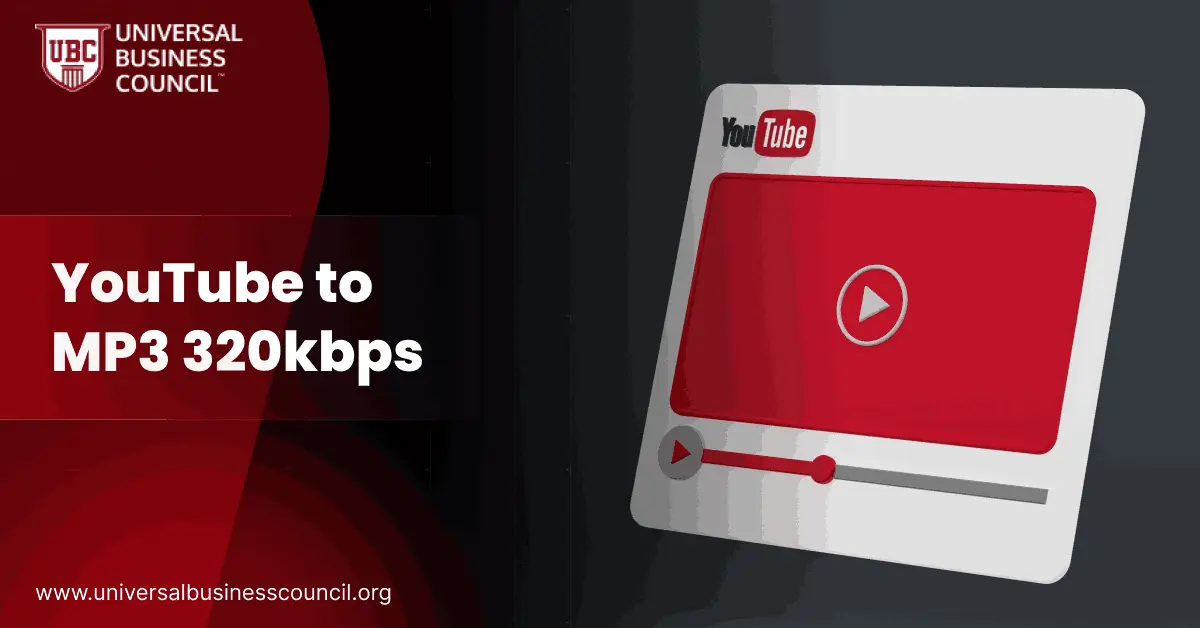
What Is Meta’s New AI App?
Meta’s new app is a standalone AI assistant built to talk, write, and generate content. Users can type or speak to the assistant and ask questions, brainstorm ideas, generate images, or even get answers based on personal preferences from their Meta profiles. Unlike ChatGPT, which runs in a browser or app with no deep social link, Meta’s assistant brings AI into apps people already use daily. The app is available on iOS and Android and is rolling out in the US and other select regions in 2025. It’s free for now, with paid features expected later.Key Features of Meta AI
Meta’s AI app offers a mix of chat, creativity, and social interaction. Here’s what stands out:- Real-time conversations: Users can chat with the AI about any topic
- Image generation: Create images with prompts inside the app
- Voice interaction: Talk to the AI using a voice mode
- Social awareness: See what friends are asking the AI (if they choose to share it)
- Personalization: Uses data from your Facebook or Instagram to make answers more relevant
Why Meta Entered the AI Race
OpenAI’s ChatGPT has set the standard for generative AI tools. But Meta owns the most widely used social apps. By putting an AI assistant inside those apps — and now releasing a full standalone version — Meta can reach billions of users. The company is also betting on open-source models. Its Llama models are freely available for developers, unlike ChatGPT, which is closed. This gives Meta more room to grow a developer ecosystem around its AI.Meta AI vs ChatGPT: How Do They Compare?
Meta’s assistant and ChatGPT offer similar core features — chatting, answering questions, and creating content. But their ecosystems and experiences are different. Here’s a comparison:Meta AI vs ChatGPT
| Feature | Meta AI App | ChatGPT by OpenAI |
| Model Version | Llama 4 | GPT-4 (GPT-4-turbo) |
| App Availability | iOS, Android | Web, iOS, Android |
| Integration with Other Apps | WhatsApp, Instagram, Messenger | None (standalone) |
| Image Generation | Yes | Yes (with DALL·E 3) |
| Voice Mode | Yes (live two-way interaction) | Basic voice input |
| Social Features | “Discover” tab with friend prompts | No social integration |
| Open-Source Model | Yes | No |
| Personalization | Based on Meta profile | Based on in-chat memory |
How Meta AI Is Being Used
The assistant is already available inside search bars across Meta’s apps. For example:- In Messenger or WhatsApp, you can ask the AI for help with planning trips, finding restaurants, or rewriting messages.
- In Instagram, you can ask it to generate captions or suggest content ideas.
- In the standalone app, you can use it for writing stories, summarizing news, or chatting like you would with a friend.
Monetization and Future Plans
Meta says the assistant will remain free, but premium features are coming. Subscriptions are expected to launch later in 2025. These may include:- Access to advanced tools for creators
- More image generation credits
- Faster response speeds
- Business-level support
AI Safety and Privacy
Because the assistant connects with personal platforms, safety matters. Meta says it uses on-device processing for some actions and has built-in filters for harmful content. You can opt in or out of personalization. By default, chats are private. But you can choose to share prompts to a social feed. The app also shows when a response is AI-generated — part of Meta’s effort to be transparent as generative content becomes common.What This Means for the AI Space
Meta’s new AI app shows that the chatbot space is moving beyond standalone websites. AI is becoming more personal, more integrated, and more accessible. Here’s why this launch is important:- Billions of users now have direct access to AI through social apps
- People can interact with AI through voice, not just text
- The battle between closed and open AI ecosystems is heating up
- AI is becoming a built-in assistant for daily tasks, not just a novelty




Leave a Reply